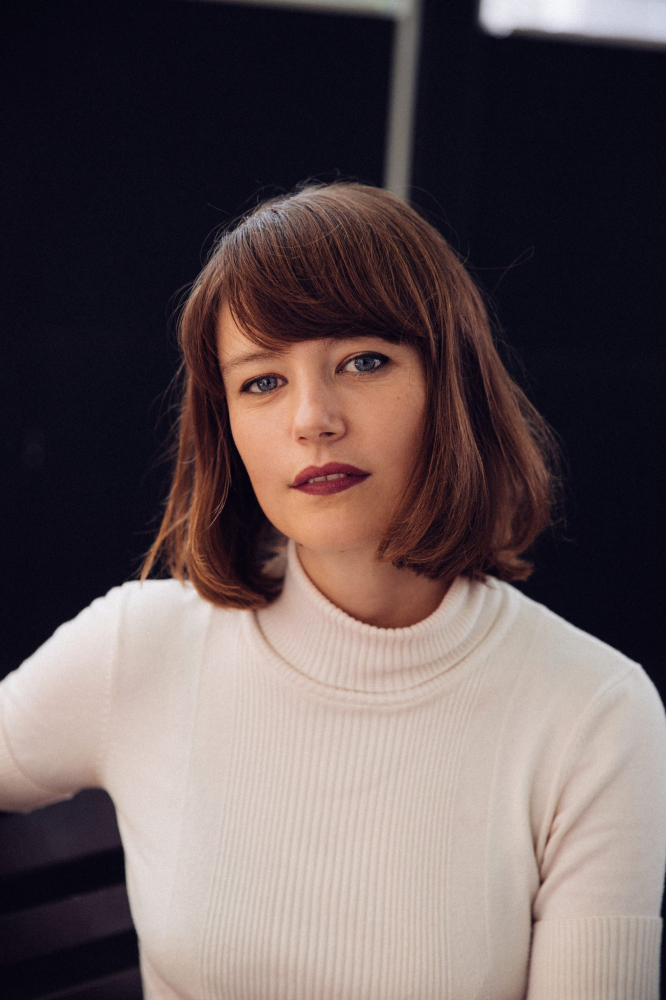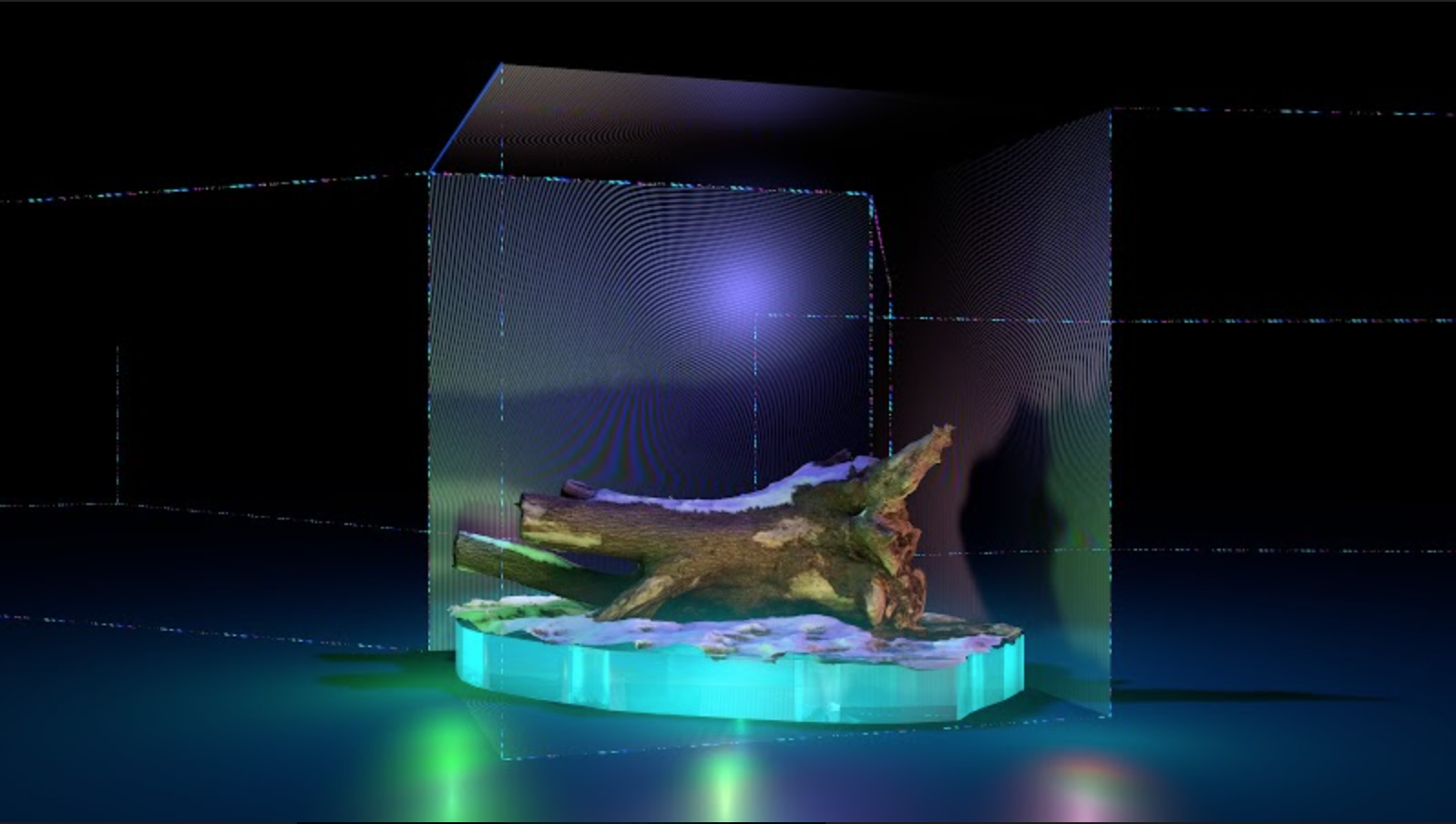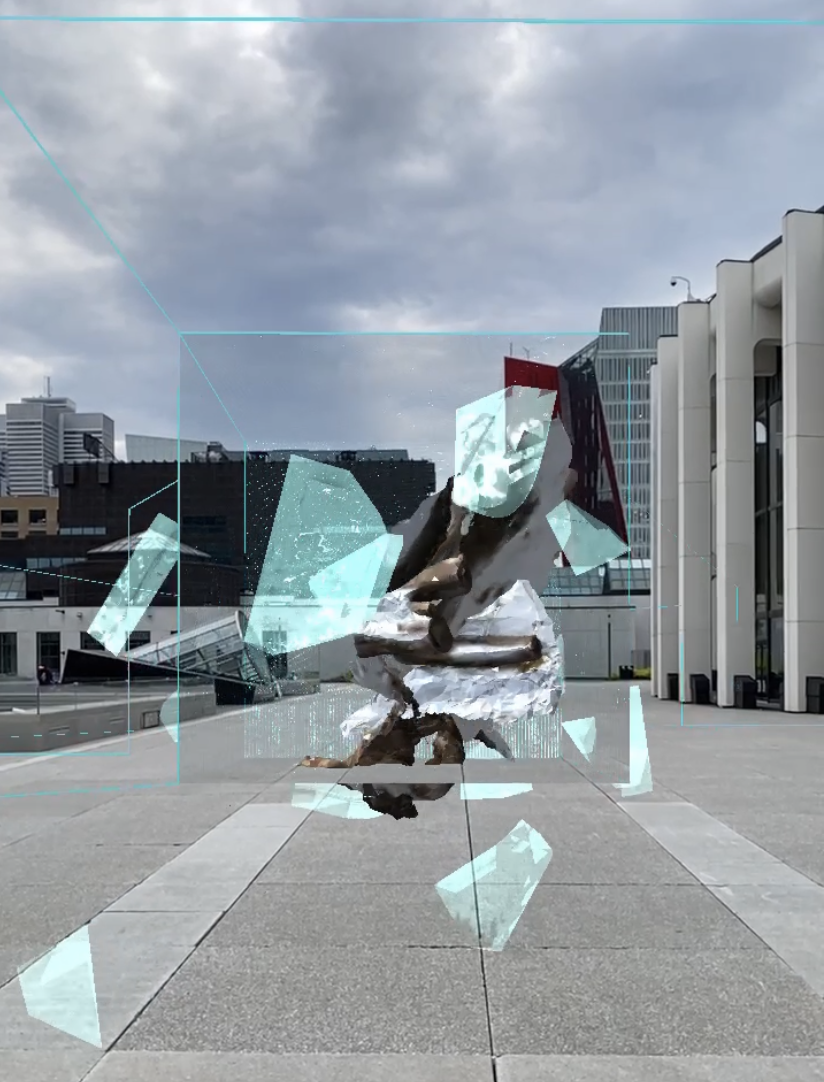Artists
Sabrina Ratté
Sabrina Ratté (born in Quebec City, Canada; lives in Marseille, France) probes the potential of the digital image through a practice combining photography, analogue video, 3D animation, printing, sculpture, and extended reality processes (virtual reality and augmented reality). Her work explores how environments, both material and digital, shape our perception of reality. She is particularly interested in architecture, immersive modelling, and mechanisms of representation. In her simulated spaces, she deploys synthetic flesh and organic beings, the result of various hybridizations that oscillate between utopia and dystopia.
- Born
- Quebec City, Canada
- Countries / Nations
- Canada
- Lives
- Marseille, France
- Website
- sabrinaratte.com

Works

Sabrina Ratté, Floralia, 2021, video still. Courtesy of the artist

Sabrina Ratté, Floralia IV, augmented reality artwork documentation, 2021.
Liquid Crystals
Floralia is a futuristic archival display in which fragments of bygone ecosystems can be viewed. In dioramas such as one might find in a natural history museum, specimens of plants are exhibited for the purposes of conservation and contemplation. The stagings come alive, pivoting in front of our eyes to the rhythm of tinny crackling sounds that contributes to the supernatural effect of the work. A tree stump hollowed out by time and covered in places with a thin layer of snow sits on a mass of ice. At first inert, it suddenly falls to pieces, allowing us to see surfaces, textures, and colours that we had had no idea were there. Its branches rise up for a few moments, as if the trunk were animated by its own energy, before fragmenting once again. Then, the ice liquefies and engulfs the stump. The transformation of matter that we are witnessing is provoked by interactions that give rise to temporal dislocations allowing for past and future states of life to be folded into a single space-time. In Floralia, Ratté creates sites of memory in order to reconnect with plant and tree species that are now extinct, the vestiges of a past era. She imagines new modes of existence, at once organic and artificial, through which both the precarity and the resilience of the plant world can be explored. In short, the work offers a reflection on ecosystems, their agency, and the co-existence of the different temporalities and materialities that intersect.